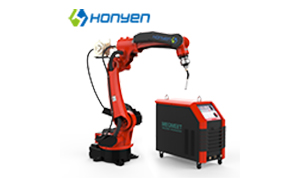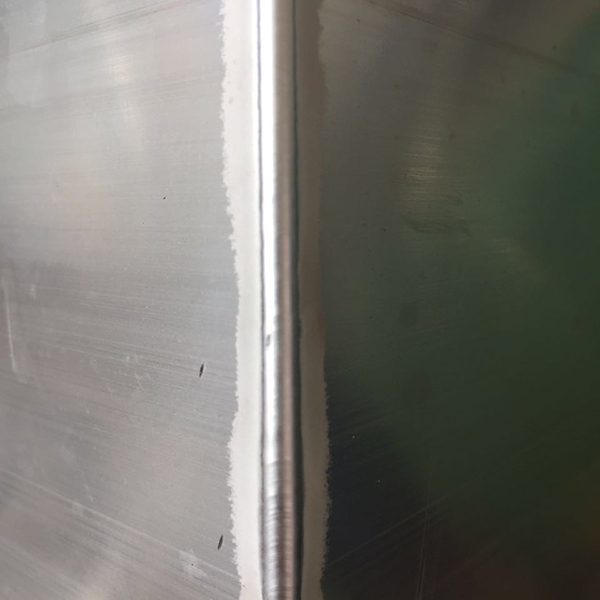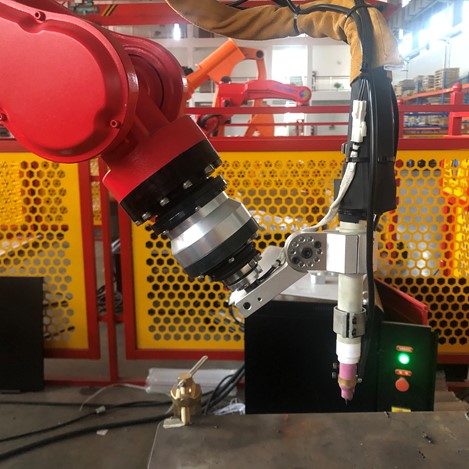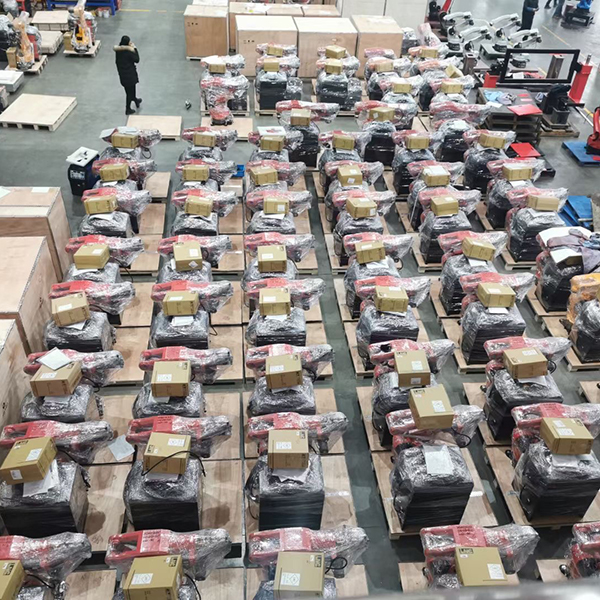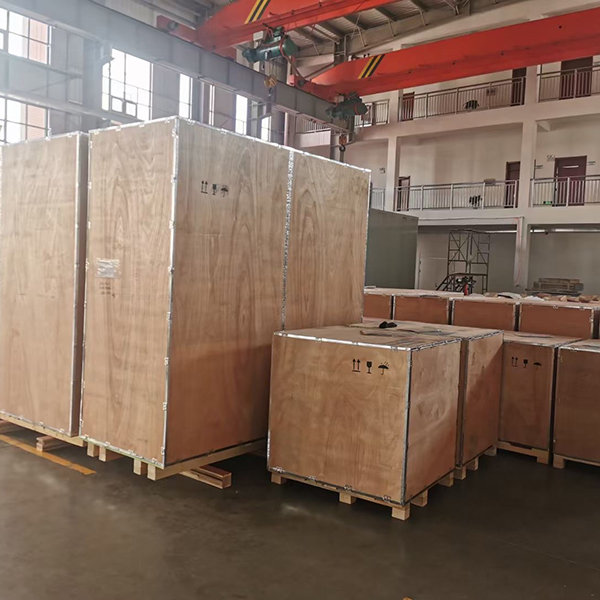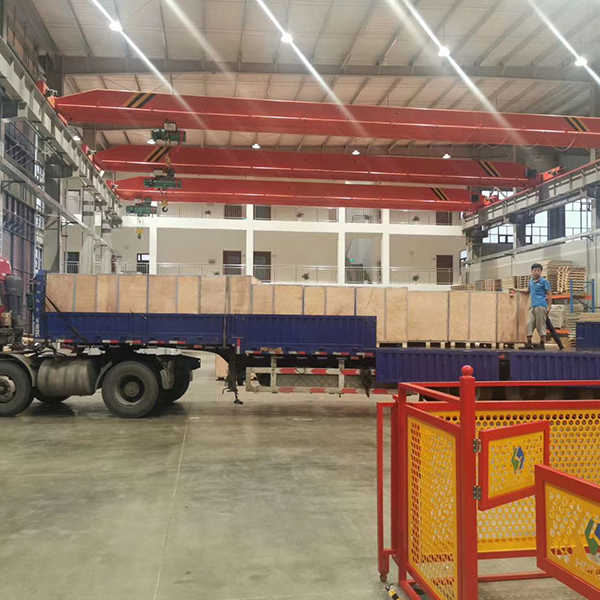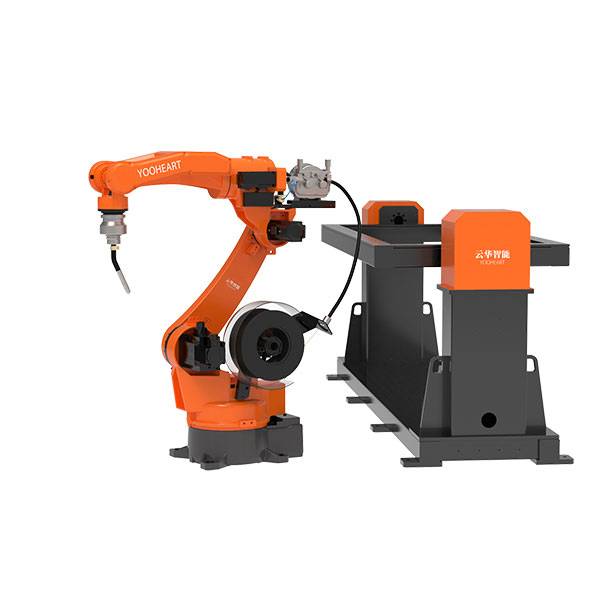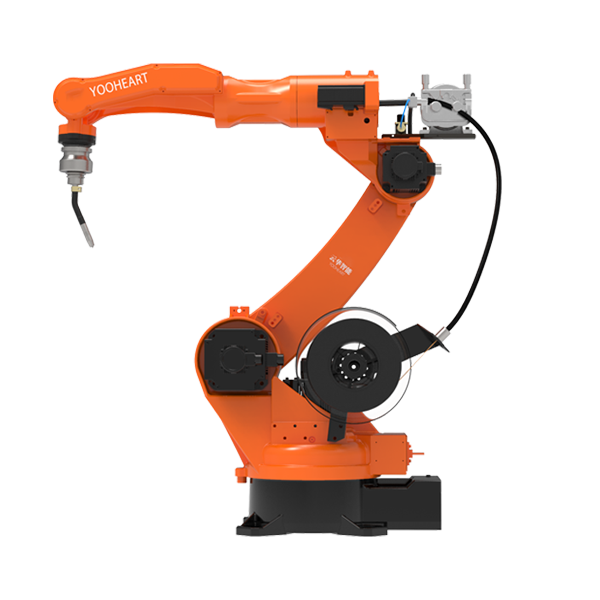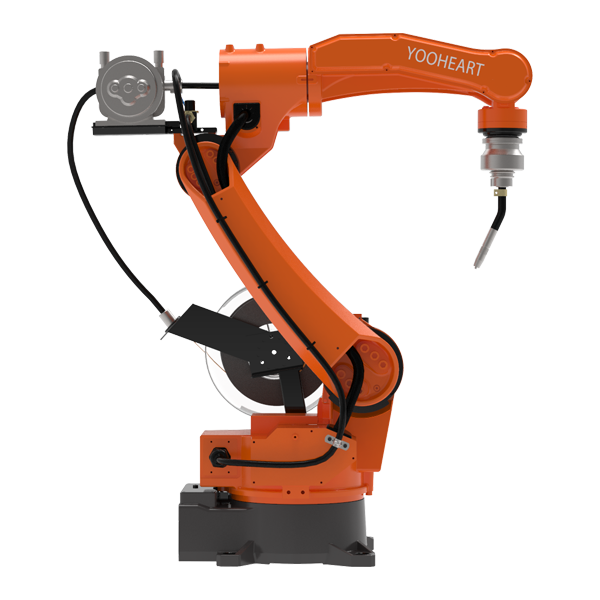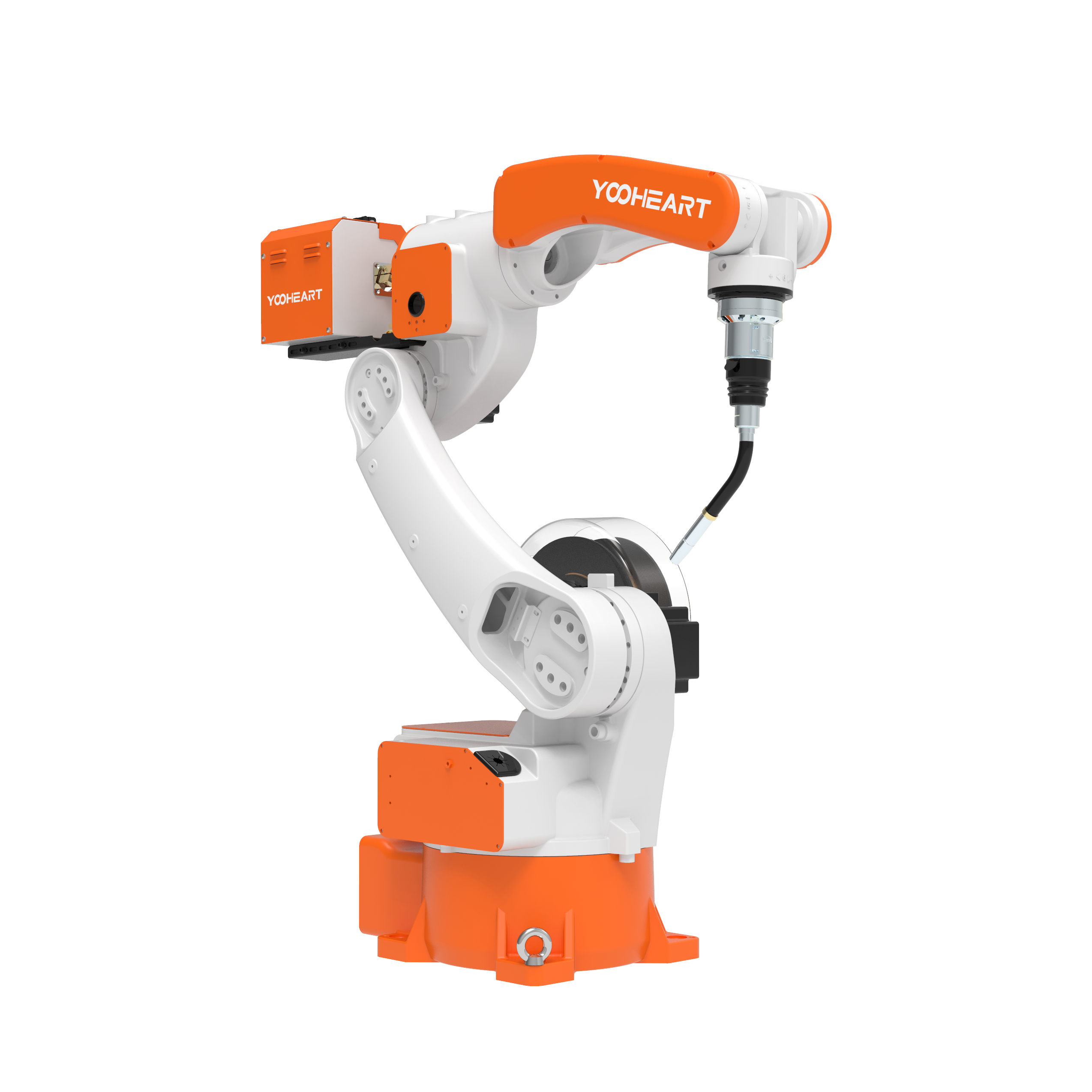TIG welding Robot
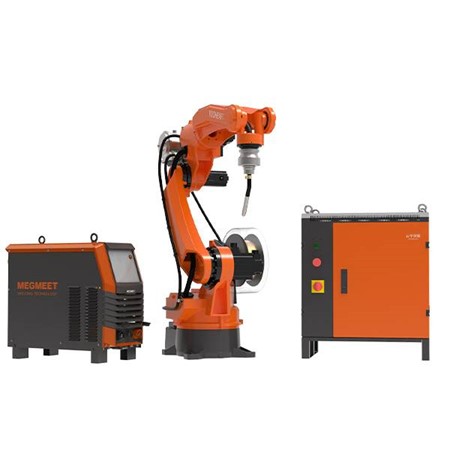
Product Introduction
GTAW is most commonly used to weld thin sections of stainless steel and non-ferrous metals such as aluminum, magnesium, and copper alloys. The process grants the operator greater control over the weld than competing processes such as shielded metal arc welding and gas metal arc welding, allowing for stronger, higher quality welds. However, GTAW is comparatively more complex and difficult to master, and furthermore, it is significantly slower than most other welding techniques. A related process, plasma arc welding, uses a slightly different welding torch to create a more focused welding arc and as a result is often automated.
Yunhua use special prevention measures during TIG welding, and there will be a special manual for operator, only if operator can follow the manual, and practice several times, it can be mastered very quickly.
PRODUCT PARAMETER& DETAILS
| Model |
WSM-315R |
WSM-400R |
WSM-500R |
|
| Rated input voltage / frequency |
Three-phase380V (+/-)10% 50Hz |
|||
| Rated input capacity (KVA) |
11.2 |
17.1 |
23.7 |
|
| Rated input current(A) |
17 |
26 |
36 |
|
| Rated load sustainability (%) |
60 |
60 |
60 |
|
| DC and constant current | Welding curren(A) |
5~315 |
5~400 |
5~500 |
| DC pulse | Peak current(A) |
5~315 |
5~400 |
5~500 |
| Base current(A) |
5~315 |
5~400 |
5~500 |
|
| Pulse duty(%) |
1~100 |
1~100 |
1~100 |
|
| Pulse frequency(Hz) |
0.2~20 |
|||
| TIG | Arc starting current (A) |
10~160 |
10~160 |
10~160 |
| Arc stopping current(A) |
5~315 |
5~400 |
5~500 |
|
| Time of current-increasing(S) |
0.1~10 |
|||
| Time of current-decreasing(S) |
0.1~15 |
|||
| Pre-flow time(S) |
0.1~15 |
|||
| Lagging time of gas-stopping(S) |
0.1~20 |
|||
| Working style of arc stopping current |
Two-step、Four-step |
|||
| TIG pilot arc style |
HF arc |
|||
| Hand arc welding Welding current |
30~315 |
40~400 |
50~500 |
|
| Cooling mode |
Water cooling |
|||
| Shell protection grade |
1P2S |
|||
| Insulation grade |
H/B |
|||
Application
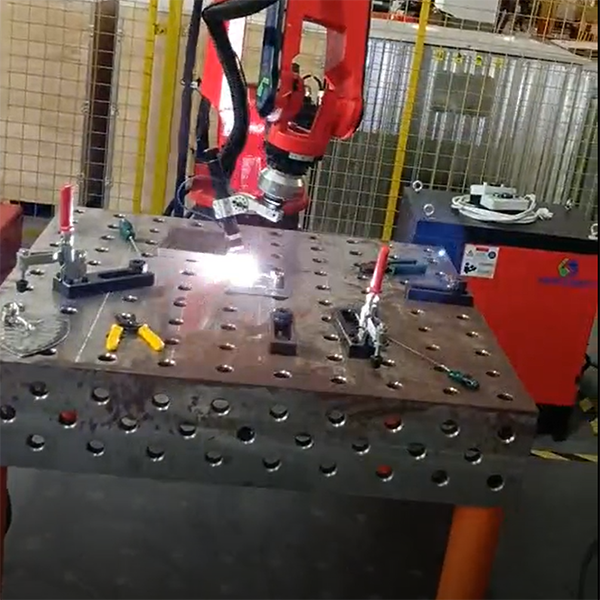
FIGURE 1
Introduction
Tig welding robot for Electric Iron
Pulse Tig welding process for fish scale weld seam.
FIGURE 2
Introduction
Tig welding robot for Stainless steel
Tig arc welding for square pipe welding.
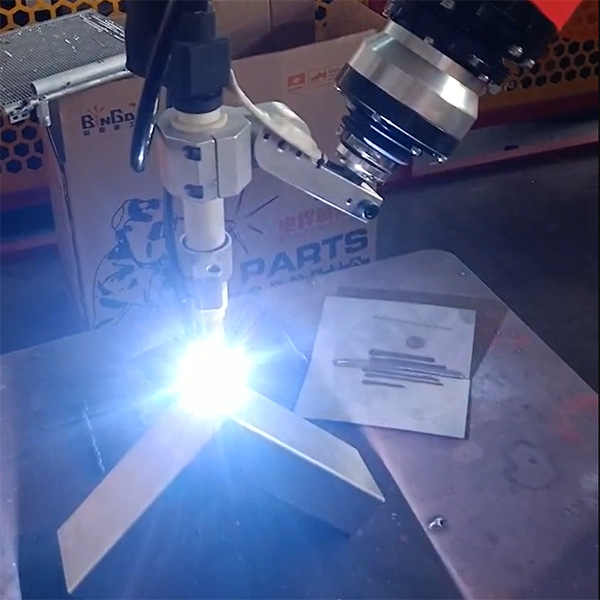
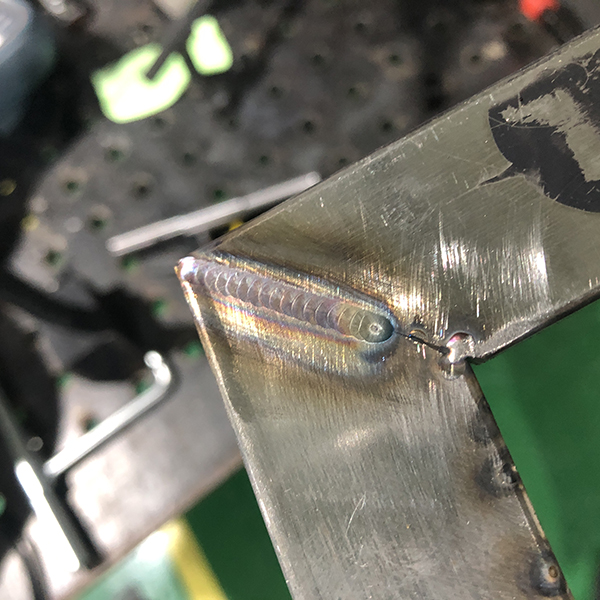
FIGURE 3
Introduction
Parameters of TIG welding welder
Pulse Tig welding performance. Thickness: 1.5mm, fitting error: ±0.2mm.
DELIVERY AND SHIPMENT
Yunhua can offer customers with different terms of delivery. Customers can choose shipping way by sea or by air according to urgency priority. YOO HEART robot packaging cases can meet sea and air freight requirement. We’ll prepare all files like PL, the certificate of origin, invoice and other files. There is a worker whose main job is make sure every robot can be delivered to customers port without a hitch in 40 working days.
After sale service
Every customer should know YOO HEART robot good before they buy it. Once customers have one YOO HEART robot, their worker will have 3-5 days free training in YOO HEART factory. There will be a Wechat group or WhatsApp group, our technicians who are responsible for after sale service, electrical, hard ware, software, etc, will be in. If one problem happens twice, our technician will go to customer company to solve the problem.
FQA
Q1. What are the best applications for a robotic TIG welding system?
A.High-volume, low-variety applications are well-suited to robotic welding; however, lower-volume, higher-variety applications may also work if implemented with the proper tooling. Companies will need to consider the additional cost for tooling to determine if the robotic welding system can still provide a solid return on the initial investment. As for TIG welding, the best application is thin pieces and metal.
Q2. Which one uses better? HF TIG welding or Lift TIG welding?
A. The most popular and best option is the use of High Frequency start that generates a high frequency arc that is capable of ionizing the air and bridging the gap between the tungsten point and the work piece. The High Frequency start is a touch-less method and creates almost contamination unless the tungsten is over sharpened or the amperage is turned too high at the start. It is an excellent choice for welding aluminum, and really is the only acceptable choice. Unless you need to weld Aluminum, you don’t have to really have High Frequency start, but it is nice to have to weld AC or DC if you have the option.
Q3. Can YOO HEART TIG welding robot use filler?
A.Yes, we are one of the few who can use filler when TIG welding. A lot of suppliers in the market may tell you that their robots can be used for TIG welding, you can ask him questions like: how to filter HF?, can your robot be used for TIG welding with filler?
Q4. How to set power source when using TIG welding?
A.Your welding machine should be set to DCEN (Direct current electrode negative) also known as straight polarity for any work piece that needs to be welded unless they material is either aluminum or magnesium. High frequency is set to start which is found built in nowadays in inverters. Post flow should be set at least 10 seconds minimum. If A/C is present it is set to default setting that coincides with DCEN. Set the contactor and amperage switches to remote settings. If the material that needs to be welded is aluminum polarity should be set to A/C, A/C balance should be set to about 7 and high frequency supply should be continuous.
Q5. How to set shield Gas during TIG welding?
A. TIG welding uses the inert gas for shielding the welding area from contamination. Thus this inert gas is also stated as shielding gas. At all cases it should be argon and no other inert gas such as neon or xenon etc especially if TIG welding is to be performed. It should be set around 15 cfh. For welding aluminum alone you can make use of a 50/50 combination of argon and helium.

